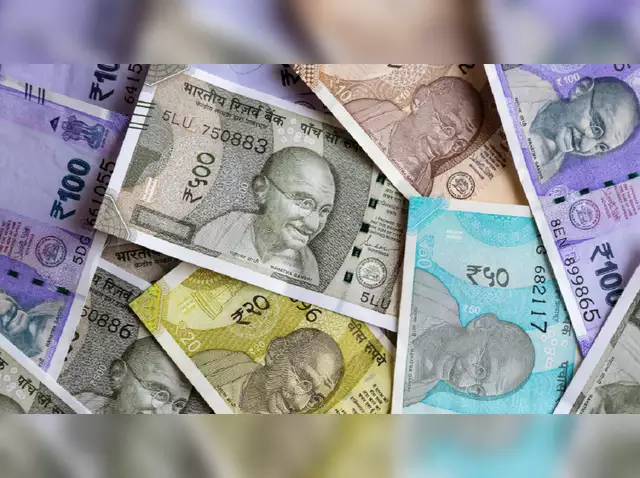
Rupee depreciation shows cracks in economy
NEW DELHI : The fall of the rupee against the US dollar has been accentuated in the recent months with visible cracks in some key economic indicators. The local currency is within kissing distance of the 84-a-dollar mark.
The rupee has depreciated against the dollar by almost a percent in the current calendar year but it may not breach the 84 level in FY25 with the Reserve Bank of India keeping a close watch. The weakness in the currency reflects the gathering storm clouds over the Indian economy. Indian exports have been slowing for quite some time and so have FDI inflows.
In the current financial year till July, exports were 6 per cent lower than the same period the previous year. This is despite the fact that services exports showed a 7 per cent growth. FY24 saw foreign direct investment in the country declining by 3.5 per cent. Foreign portfolio investors (FPIs) have been pulling out money from the country thanks to an overheated equity market in India.
In August so far, FPIs have pulled out USD 2.5 billion from Indian equities. Bank of Japan’s decision to increase rates has also added to some of the capital outflow, neutralising the impact of inclusion of government bonds in international bond indices. The constant fear of surge in oil prices due to geopolitical tension will continue to put pressure on the rupee. In FY24, India’s oil import bill was contained by heavily discounted Russian crude oil. But FY25 will be different, as discounts on Russian oil have come down significantly.
India’s central bank, the Reserve Bank of India, has been intervening in the currency market to moderate rupee depreciation. However, RBI has its own limits despite having at its disposal a strong forex reserve, which has crossed USD 675 billion. A weaker rupee would further delay RBI’s easing of its monetary policy as the central bank generally adopts a hawkish stance to defend the currency.
India’s merchandise trade deficit in July has already touched a 9-month high of USD 23.5 billion. A weak rupee makes imports more expensive, and though exports benefit from a weaker domestic currency, if they do rise commensurate with imports, the trade deficit situation could further aggravate. Mind you, India’s $5-trillion economy target also gets farther away with the fall in value of the Indian rupee.

